What is “AML”, and why should you care?
Anyone who’s purchased real estate in the last several years has probably noticed an increase in the amount of paperwork that lenders are requesting. More documents. More explanations. More sourcing of funds and explaining transactions. The root of much of this is due to pressure from OSFI, the federal banking regulator. They are performing more audits on lenders to confirm that the lenders are documenting the source of funds and the movement of money. The stated goal is to combat money laundering, illegal financial proceeds, funding of terrorism, and tax evasion.
The average investor will say, “Money laundering? I’m not money laundering. Why do I have to provide so much paperwork?”. Alas, the feds don’t care, and will punish lenders for not complying with even more excessive paperwork requirements.
So, here are three ways in which AML (anti money laundering) effects real estate investors.
Down payment funds - Lenders are required to ask for a 90 day history of funds for use in down payments. For example, if you have $50,000 in a chequing account for the last 30 days, but you moved that money into that account from a savings account 30 days ago, and the money was in the savings account for 60 days, you would need to provide a 30 day history of the chequing account, and a 60 day history of the savings account. But wait, there’s more! You may also have to provide a detailed explanation for any large deposits. So, if the savings account history shows a $5000 deposit, you may have to provide the source of that $5000. The following are a list of red flags that will cause the lender to ask for more documentation:Crypto currency purchases or redemptionsMoney transferred to or from overseasLarge cash deposits or withdrawalsIncome documentation – More and more lenders are requiring twelve months of business bank statements to establish income. Before you send that to the lender, I’d recommend reviewing quickly first. Do you have invoices for large deposits?Receipts for large business expenses?E-transfers that you cannot account for?Use of funds – Gone are the days of being able to refinance your property and spend the funds on whatever you want. Most lenders are putting caps now on how much equity you can cash out on your property without a reasonable explanation as to what the funds will be used for. Do you own a property free and clear, and now want a mortgage on it for 80% of it’s value? The lender may now ask you to prove how you were able to pay it off, and what you intend to do with the money that you are borrowing. You may retort that it’s your money to do with as you see fit. However, lenders may not want to take the risk of surviving an audit with OSFI. They will say that they can’t risk you spending the money to fund terrorism or crime. Be prepared to provide a detailed explanation of what the funds will be used for and why.
One of the problems with AML regulations is that much of it is open to interpretation. How much is a “large deposit”? Who gets to define an “irregular deposit”? Why are the rules different from one lender to another? Instead, we all need to adapt, and figure out how to navigate the changing mortgage landscape. As Charles Darwin once said, “It’s not the strongest of the species that survives, but the one most responsive to change.”
-Mike Schroeder
One Link Mortgage & Financial

